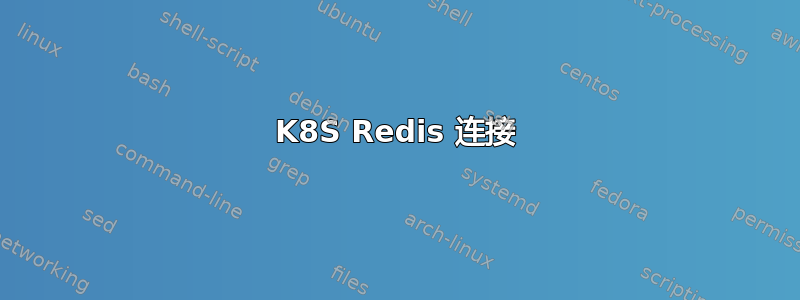
我已经为 HA Redis 安装了 Bitnami Helm Chart: https://bitnami.com/stack/redis/helm
aleg@Azure:~$ kubectl get pods | grep redis
redis-1580896952-master-0 1/1 Running 0 67m
redis-1580896952-slave-0 1/1 Running 0 67m
redis-1580896952-slave-1 1/1 Running 0 65m
aleg@Azure:~$ kubectl get svc | grep redis
redis-1580896952-headless ClusterIP None <none> 6379/TCP 67m
redis-1580896952-master ClusterIP 10.0.244.169 <none> 6379/TCP 67m
redis-1580896952-slave ClusterIP 10.0.250.136 <none> 6379/TCP 67m
我该如何连接它?连接到服务或主 pod 还是其他?请提供建议。
答案1
这很好地解释了示例:使用 Redis 部署 PHP Guestbook 应用程序。
解释了整个设置过程,然后设置并公开留言簿前端描述如何公开用于处理 HTTP 请求的 Web 前端。它配置为连接到redis-master用于写入请求的服务以及redis-slave用于读取请求的服务。
示例deployment如下:
apiVersion: apps/v1 # for versions before 1.9.0 use apps/v1beta2
kind: Deployment
metadata:
name: frontend
labels:
app: guestbook
spec:
selector:
matchLabels:
app: guestbook
tier: frontend
replicas: 3
template:
metadata:
labels:
app: guestbook
tier: frontend
spec:
containers:
- name: php-redis
image: gcr.io/google-samples/gb-frontend:v4
resources:
requests:
cpu: 100m
memory: 100Mi
env:
- name: GET_HOSTS_FROM
value: dns
# Using `GET_HOSTS_FROM=dns` requires your cluster to
# provide a dns service. As of Kubernetes 1.3, DNS is a built-in
# service launched automatically. However, if the cluster you are using
# does not have a built-in DNS service, you can instead
# access an environment variable to find the master
# service's host. To do so, comment out the 'value: dns' line above, and
# uncomment the line below:
# value: env
ports:
- containerPort: 80
通过该设置,您只需创建前端服务:
apiVersion: v1
kind: Service
metadata:
name: frontend
labels:
app: guestbook
tier: frontend
spec:
# comment or delete the following line if you want to use a LoadBalancer
type: NodePort
# if your cluster supports it, uncomment the following to automatically create
# an external load-balanced IP for the frontend service.
# type: LoadBalancer
ports:
- port: 80
selector:
app: guestbook
tier: frontend
我建议你阅读有关Redis。


